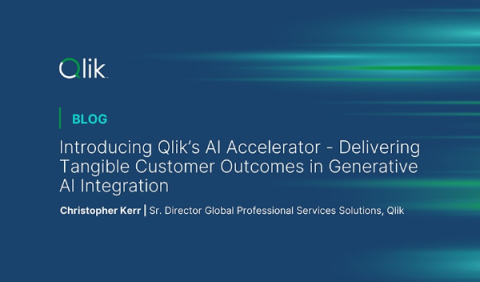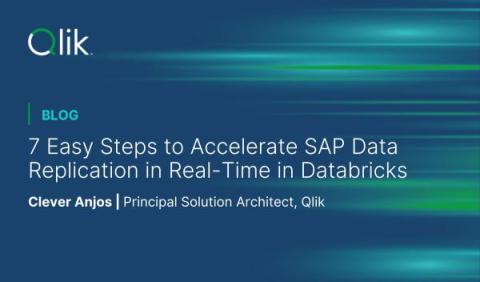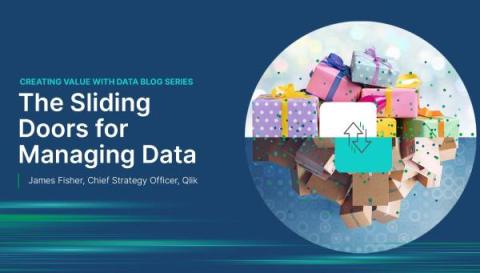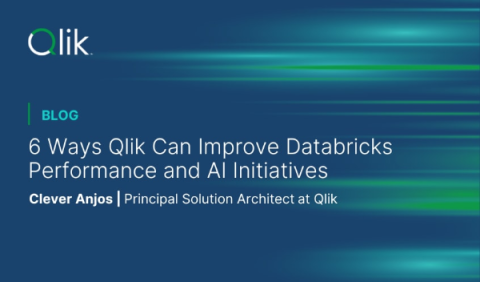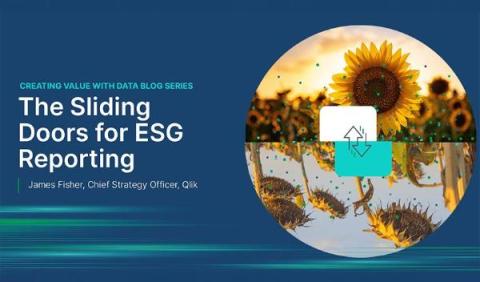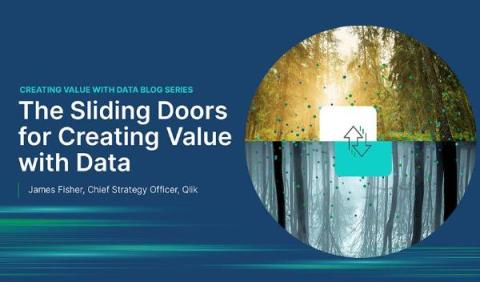Introducing Qlik's AI Accelerator - Delivering Tangible Customer Outcomes in Generative AI Integration
At Qlik, we're witnessing a thrilling shift in the landscape of data analysis, customer engagement, and decision-making processes, all thanks to the advent of generative AI, especially Large Language Models (LLMs). The potential for transformation across all sectors is enormous, but the journey toward integration can be daunting for many businesses with many leaders wondering where to start in integrating the exciting capabilities of AI into their daily workflows.


